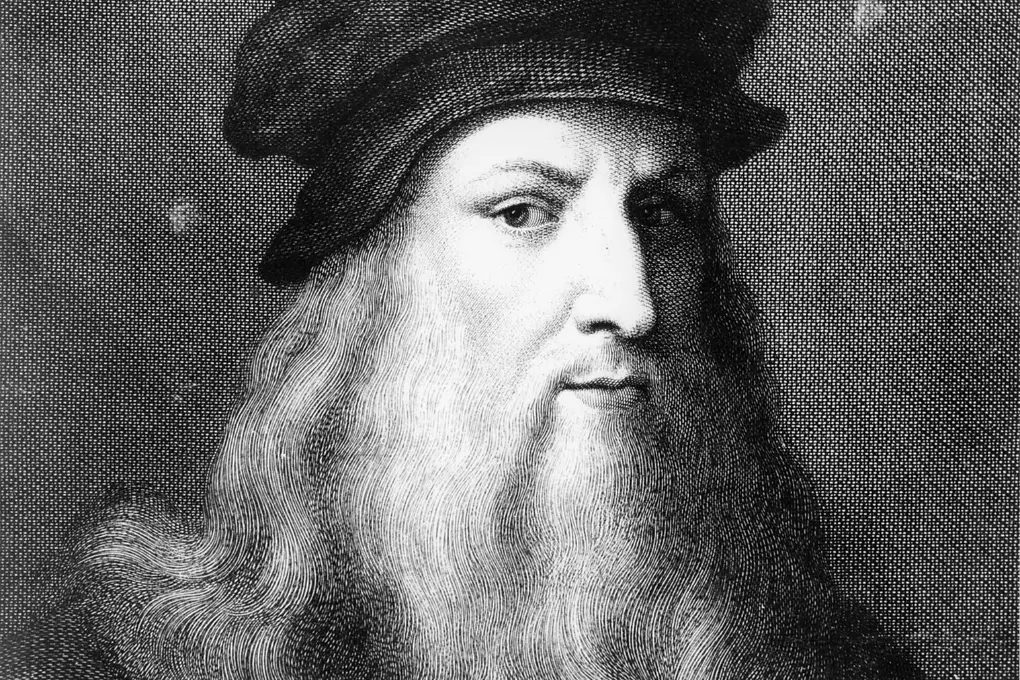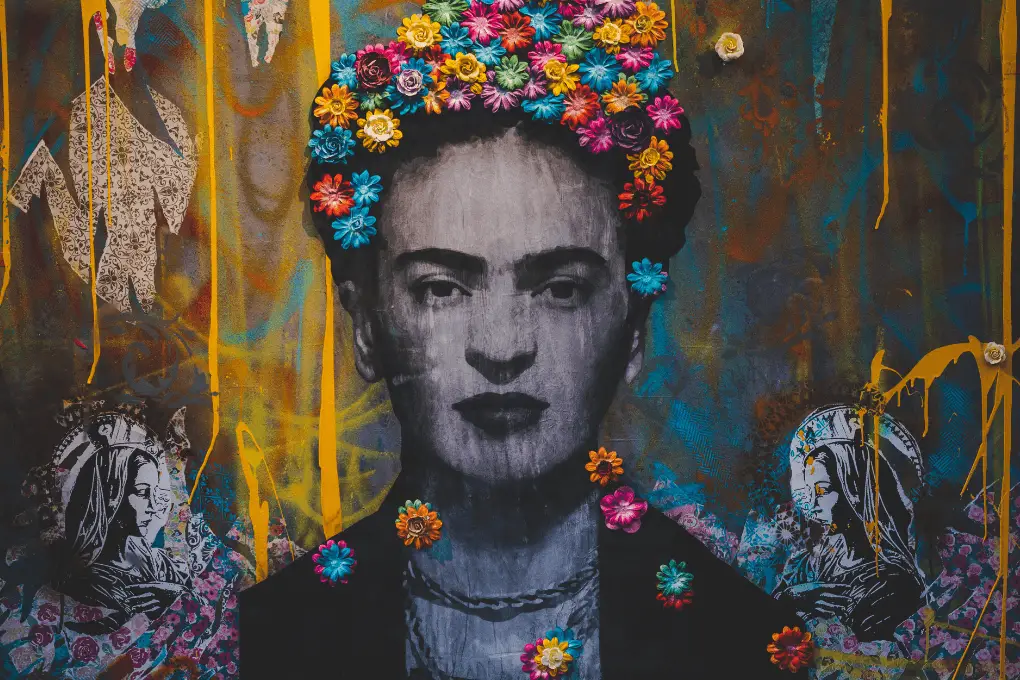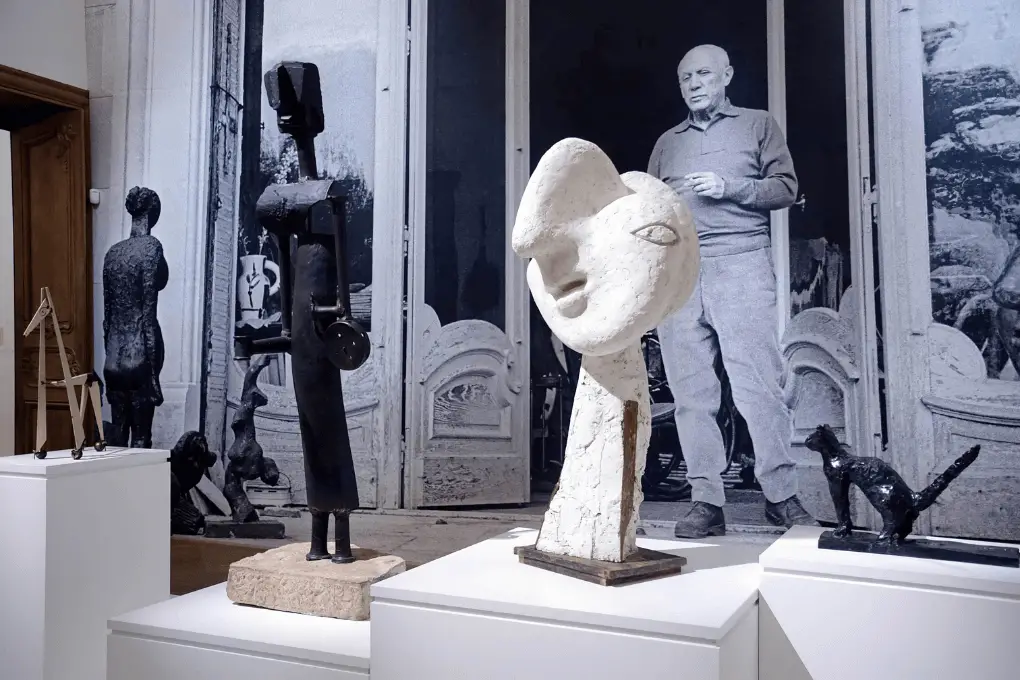Who Defines the Concept of Creativity?

The concept of creativity has been contemplated, studied, and debated by philosophers, psychologists, scientists, artists, and laypeople alike. Its definitions span the tangible and intangible – creativity as a cognitive process, a personality trait, a problem-solving ability, divine inspiration, and more.
The Ancient Greeks valued creativity highly, believing the arts and poetry to be divine gifts. During the Enlightenment, creativity was associated with imagination and seen as a uniquely human trait separating us from animals. In the 20th century, psychologists began to develop scientific theories of creative drives and the creative process.
Today, there is no singular definition, but rather an understanding that creativity manifests in different ways and domains. It involves originality, imagination, breaking from established patterns, problem-solving, and crafting something subjectively meaningful. Creativity also does not happen in a vacuum; creative thinkers both shape and are shaped by the sociocultural contexts around them.
Now, let’s take a look at the creative thinkers of history:
Table of Contents
The Renaissance and Human Creativity
The European Renaissance period spanning for centuries represented a seismic shift in creative output and valuing human creativity. Cultural movements placed a strong emphasis on individual human potential rather than sole focus on the divine. This was reflected across arts, literature, philosophy, politics, science and discovery.
Figures like Leon Battista Alberti and Galileo Galilei embodied the Renaissance spirit of pushing intellectual boundaries through creative theorizing, scientific investigation and displaying manifold talents across disciplines.
The explosion of creativity during this relatively brief window changed how human creativity was perceived. Patronage expanded as powerful families sponsored creative talents like Michelangelo, allowing more capacity for big creative projects reflecting humanist ideals using emerging techniques with ancient roots. Questioning prior constraints on creativity forged entirely new artistic styles. The Renaissance stoked human creativity both in end outputs and in establishing cultural conditions enabling it to thrive at scale.
Leonardo da Vinci: A Synonym for Creative Genius

Perhaps no one person epitomizes the untethered creative genius of the Renaissance more than Leonardo da Vinci. His works span engineering, anatomy, visual arts, architecture, and more. Da Vinci also explored varied creative domains and connected them in pioneering ways.
As both an artist and scientist well ahead of his time, da Vinci’s unique brain wiring fueled immense curiosity, visual-spatial talents, imagination, observation, and willingness to challenge assumptions – key markers of how history’s most creative thinkers differentiate.
Some of da Vinci’s innovations like flying machines weren’t realized in his lifetime. Yet his creative process blending big-picture questions, minute observational studies, and cross-pollinating across disciplines represented a new model of human creativity.
Da Vinci sketched and recorded ideas in over 13,000 pages of notes ultimately compiled. He saw no boundaries between art, science, invention or Ideation – a synergistic approach that opened new creative frontiers. Da Vinci’s creativity produced enduring works like The Last Supper and Mona Lisa plus anatomical diagrams still consulted today.
How Steve Jobs Blended Technology with Business Creativity

Fast forward out of the Renaissance into the rapid digital innovation of the late 20th century, we find Steve Jobs embodying a different portrait of pioneering creative leadership. As co-founder and eventual sole leader of Apple, Jobs became the face of merging advanced technology with intuitive consumer design.
Jobs also heavily invested in creativity culture within Apple – prioritizing artistry, design-centered thinking, wordsmithing, emotion and soul. This environment attracted leading creative talents across specialties to push the envelope. Jobs modeled that business creativity wasn’t purely utilitarian or cost-driven but needed elements of surprise, sentiment and subversion of traditional models woven throughout the commercialization process.
The Artistic Vision of Frida Kahlo

Shifting spheres to the arts arena, Frida Kahlo stands out for infusing creativity with deep personal vision born of both passion and pain. As a visual artist, she produced arresting, emotionally charged, possibly disturbing paintings delving into her own rich inner world in Mexico. She funneled the tumult into her unique artistic style combining realistic and surrealistic elements with influences from Mexican folk art and artifacts plus her beloved pets and plants.
Kahlo is viewed as channeling great creativity not in spite of but because of affliction. By mining her complicated inner landscape and not idealizing her external appearance, Kahlo’s creative vision communicated raw vulnerability around complex themes like sexuality, fertility, death, oppression, anger and loss. She discarded art establishment norms, instead crafting a creative path centered on radical self-portraiture and imaginatively playful symbolism that resonated with multiple interpretations. While fame largely eluded Kahlo in life beyond her native Mexico, she has become a feminist icon and epitome of creativity drawing from emotional honesty versus market trends – revolutionary at the time but now embraced.
Picasso and the Creative Project of Reinventing Art

When examining pioneers in creative fields, Pablo Picasso stands tall as an artistic virtuoso who not only produced an extraordinary volume of creative output but repeatedly blazed new trails. Alongside friend and sometimes rival Henri Matisse, Picasso triggered seismic shifts around the creative project of art itself. He co-founded the groundbreaking Cubism movement, forging an entirely novel visual language deconstructing forms and playing with multiple vantage points on 2D canvases.
But Picasso’s creativity could not be constrained to one alternative style. He flowed through what are now deemed as prolific reinventions spanning paintings, drawings, sculptures and other mediums.
Observers during his lifetime noted how Picasso could completely transform his whole approach with seeming ease. Part eccentric genius and part master connector from a networking hub attracting diverse creative collaborators and muses, Picasso embodied the creative drive in pure form without being limited by convention.
Even when shifting among non-realist forms, vivid expressiveness and even playfulness are etched into so much of Picasso’s art. He pulled from real life models and relationships yet channeled emotional energy into entirely new representations. The facets and dimensions of subjects become fractured but somehow more deeply revealed rather than hidden. Picasso’s constant creative restlessness, his compulsion to upend form and perspective time and again, resulted in some of art history’s most original and treasured creations still sparking discussion today around the boundaries of creativity.
Thomas Edison: More Than a Light Bulb Moment

When profiling the most impactful creative thinkers in history across endeavors, Thomas Edison represents prolific innovation from America’s late Industrial Revolution period. He obtained 1,093 patents becoming a type of celebrity scientist-inventor figure. While the solitary inventor toiling away until shouting “Eureka!” is a common archetype, Edison actually relied on an Invention Factory production model. He built an extensive laboratory and production facility in Menlo Park, New Jersey, employing teams to help execute his steady stream of ideas and perform repetitions needed to refine breakthrough concepts into tangible products.
While the light bulb may be Edison’s most glorified invention, his creative ambition stretched across electrical systems, mass communication, sound recording, transportation, mining and more. Edison represented a force of rapid prototyping whose best ideas solved problems in need of solutions for industries and the general public. Even ideas not wholly original to Edison were advanced in far more creative ways maximizing their usefulness. For example, Alexander Graham Bell conceived the telephone first but Edison creatively adapted components into a vastly more impactful commercial product that spread quickly.
Edison’s brand of creativity embodied the iterative innovation cycle fusing inspiration with perspiration. And through his prolific output, Edison reinforced how creativity is very much a numbers game.
Marie Curie: A Pioneer Among Famous Philosophers and Scientists

Marie Curie represents a pioneering force among history’s most famous philosophers and scientists as the first woman to win a Nobel Prize, first person to accrue two Nobel Prizes, and first female professor at the University of Paris. As a researcher, her creativity and contribution to science shone brightly in a realm dominated by men. She coined the term radioactivity, discovered polonium and radium, and championed use of radium to attack cancerous cells.
Curie uniquely crossed disciplines in her work, blending physics and chemistry while also traversing theoretical and experimental domains across a sustaining career. Her cross-pollination greatly expanded scientific understanding of radiation and applications of radioactive materials in medicine and industry. Curie modeled creativity and critical thinking as core to scientific advancement, forging her own path versus following status quo assumptions. She embraced substantial risk-taking required for breakthroughs, notably handling dangerous materials more directly than peers despite health perils that likely led to her death.
Walt Disney’s Dreamworld of Creative Activity
When examining pioneers of creative activity historically, Walt Disney looms large in shaping revolution and wonder through animated arts. With Mickey Mouse and beyond, Disney infused big-screen cartoon shorts and features with synchronized sound, color, and his signature style blending whimsy, cheeky humor and heartfelt emotion. Animation turned into its own respected cinematic artform reaching globally.
Disney’s empire became synonymous with a creative ethos valuing imagination, relatable magic and childhood nostalgia carried into adulthood. He represents perhaps the archetypal cross-pollinator – learning from and integrating a diverse array of creative sources from classic fairy tales and comic strips to breakthroughs in film and sound technology to architectural design and urban planning. Disney’s brand of creativity incorporated outside influencers but ultimately synthesized them into an optimistic aesthetic universe bearing his stamp.
Both his animated works and physical theme park environments reinforce Disney’s gift for highly visual and sensory manifestations of creativity fusing arts, engineering, business and an instinct for wonder as the emotional glue. Disneyland as an immersive, synergistic, evolving creative project remains a crowning entrepreneurial creative legacy along with timeless characters who sparked imaginations worldwide.
Frank Lloyd Wright: Architecture as a Creative Idea
Shifting from the whimsy of Disney to the grounded functionality of architectural design, Frank Lloyd Wright stands as one of history’s most influential shapers of build environments through an incredibly fertile, 80-year career. He pioneered the Prairie school style helping American architecture diverge from dominant European influences through clean lines and harmony with surroundings. Wright bolstered architecture’s profile as an artform unto itself rather than merely an engineering or construction byproduct.
Wright nurtured a cradle-to-grave creative process that holistically accounted for human experiences within spaces. His trademark approach organically integrated interior and exterior environments with attention to everything from furniture to lighting effects. Form and function were to flow as one. Wright was also unusually hands-on, like a master artist sculpting versions of his recurring creative vision until reality aligned with the inventive ideas in his head. He even occasionally physically shaped materials himself until they achieved the perfect rendering of his mental picture.
Most visionaries tout newness and divergence, but Wright focused more on continuity and unity in the built world. He eschewed ornamentation for simplification that still somehow amplified beauty in proportions, shapes and edges. Ever the individualist, Wright largely grew his architecture firm through force of reputation and referrals rather than self-promotion. By ceaselessly nurturing architecture as a creative idea spun into physical spaces, Wright indelibly shaped America’s identity through acclaimed public landmarks as well as private residences totaling over 500 built structures. His imprint underscored architecture’s societal importance beyond basic built fabric.
Final Thoughts on the Creative Thinkers of History

Throughout history across disciplines, seminal creative thinkers have modeled tremendous diversity in thought processes, motivations and imprints left behind. Their fruits of human creativity have forever tilted culture, science, politics, economics and the arts to form the foundation we build upon today. These individuals – despite vastly different backgrounds, training, time periods and ideologies – do share common threads like tireless curiosity, willingness to color outside lines, and incubating original connections between seemingly disparate ideas.
While few may attain the notoriety of breakout creative geniuses and polymaths here, their journeys reinforce that creativity lives innately within everyone even if requiring nurturing to flourish. We all have capacity to question assumptions, shake up routines and inject more play plus perspective shifting into our work or personal lives. Creativity depends not on specific expertise so much as embracing beginner’s minds through viewing circumstances with fresh eyes. Simple mindset shifts towards possibility thinking helps ideas take flight. Moreover, technology promises to democratize creativity’s tools enabling far more people to design, invent and share passion projects or innovations addressing local to global needs.
Making space for creativity bolsters our collective resilience, wisdom and hope amidst complexity. These threads connect creatives across all epochs even if mediums evolve – a continuity suggesting its enduring importance to the human endeavor.
Disclaimer: This post may contain affiliate links. Meaning, if you click on one of the product links, I will earn a small commission at no cost to you. Thank you for supporting Creativity Mesh.
Why Trust Creativity Mesh? At Creativity Mesh, our mission is to help you unlock your creative potential, increase your productivity, and achieve your personal and professional goals. We provide well-researched, informative, and actionable content focused on topics related to creativity, productivity, and self-development. We are committed to being transparent, honest, and unbiased in everything we do. Our content is designed to help you make informed decisions and take meaningful action to improve your life. Thank you for choosing Creativity Mesh as your trusted source for creativity, productivity, and self-development.





